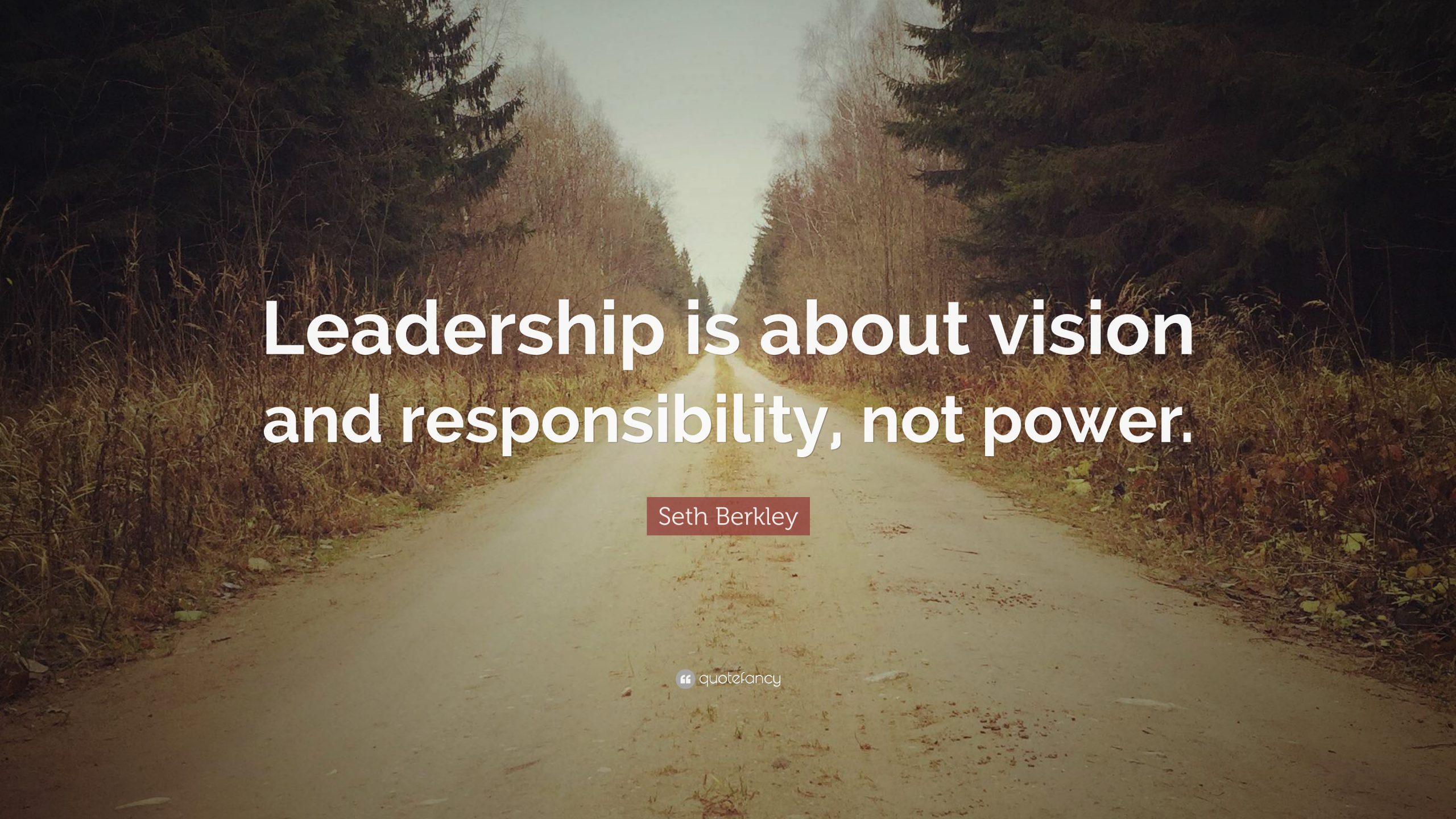Lesson 2: Understanding “Where” Leadership Happens

Learning Objectives
- To identify the role of leaders at various levels and positions through the organization in relation to their impact and influence on organizational change.
- To critically evaluate how best to support and leverage leaders in different positions in the organization.
Overview
This lesson focuses on where in an organization leadership happens and who are viewed as the leaders. What I mean by “where” is reflected in the idea that leadership is not something that is confined to the senior management team. Senior management are leaders, but leadership also happens at the program or division level, within projects and teams and in everyday activities. In terms of “who” the leaders are, we often think of individuals who have titles to be those in leadership positions which are traditional known as the Presidents, Vice Presidents and Senior Administrators (VP of human resources, operations etc). However, we know that there are individuals who act as front line leaders, peer leaders and informal leaders. These ideas will be explored below in the video and key readings.
https://echo360.ca/media/050222e3-f84a-44af-a4f2-e9124ebc1f42/public
 Video
Video
“Everyday leadership”, by Drew Dudley. TEDxToronto 2010.
Summary
I LOVE this video! Not just because the example is from a Canadian university setting but because of the message. The message focuses on the idea that leadership is not something that we should be afraid of or that it is something that we strive to be or that it is something that will make us change the world. The message is that leadership is an everyday activity that we may not realize we are engaging in and could be a small gesture that can be transformational for someone. Although this does not speak directly to a public health context, the message I would like you to obtain is that we can all be leaders in some way through the interactions we have on a daily basis and these interactions can have an impact on the people around us. I wonder if you might have had a lollipop moment?
 Readings
Readings
Training public health superheroes: five talents for public health leadership – Day et al. 2016.
This article is focused on a qualitative study to review what lessons can be drawn from those individuals who have been viewed as public health “superheroes”. There were five leadership talents that were identified as essential for public health leaders. These include mentoring-nurturing, shaping-organizing, networking-connecting, knowing-interpreting and advocating-impacting. These talents are similar to a number of existing leadership characteristics but also provide some further ideas of leadership in a public health setting. They also link to the Leadership Practices Inventory as well that allows you to see what some key leadership strategies. In relation to the topic of understanding leadership levels, this articles outlines themes that were common across individuals at international, national and local levels. More specifically it speaks about the fact that a “public health superhero is able to maintain influence regardless of ‘positional power'” (pg. 5).
Questions to consider:
- It is clear that there is some overlap in the five talents with other leadership theories. Which ones have you seen some overlap with?
- Can you think of someone who has demonstrated these types of talents? What did they do/how were they demonstrated?
Developing Leadership in Organizations: A continuum of choices – Kur 1995
This article provides a nice overview of leadership from the perspective of behaviors that an individual engages in as compared to a position that one person may occupy. This article examines the continuum of leadership choices from microleadership, team leadership and macroleadership. This is all described in the first four pages of this article which I feel are most relevant for your learning. The final pages link this to leadership development and training, which although not the focus of this lesson is an interesting read if you are interesting in leadership development.
Questions to consider:
- How has this idea of “leadership” as a behavior and not a formal position changed how you thinking about leadership in general? I do believe some individuals think that they have to be in formal positions to be leaders – but really we can all espouse leadership behaviors.
- Be sure to review the figure 2 on page 200 and think about the various tasks that you may be engaged in and what part of the continuum these may connect too. How might your leadership behaviors change in relation to where on the continuum the task falls?
Investigating the interplay between formal and informal leaders in a shared leadership configuration: A multimodal conversation analytical study – Van De Mieroop et al 2020
As outlined in this article, “leadership can be either formal (i.e. based on authority located in hierarchic position) or informal (i.e. the source of authority is located elsewhere than in formal position)” (Northouse, 2016 as cited in Van De Mieroop, 2020). This aligns with the idea of a “shared leadership” model which indicates that there is a mutual influence on a process within a team that is created by both the formal and informal leaders. And a quote that I like is from this article is: “leadership becomes dependent on the interplay of the hierarchical and the collective.” (Van De Mieroop et al., 2020, page 491). Be sure to think about that as you read through this paper. The authors of this paper outlined that this dynamic between informal leadership and workplace practice remains to be fully explored to understand the interplay between formal and informal leadership. To this end the authors designed, what I believe to be an interesting and unique study to examine this issue. They used video recording of meetings to understand this phenomena. As you read the article, there are some very heavy theoretical aspects but also with an interesting description of a research method. The results truly highlight the importance of doing more research in this area and have provides insights for future research. In the observations section, there is more of a focus on the actual research results.
Health Leader Interview
The following interview with Laura Blundell at the Niagara Health Community Health Centre helps to identify how they operate within a type of shared leadership model. Laura details her role, the work that is done in community health centres and how she approaches her leadership role in the current COVID-19 environment and in more “normal” everyday situations. The video is 9:48 long and definitely worth a listen to truly appreciate the complex work that individuals in community primary care do on a daily basis. It allows you to learn about how leadership can be shared and often must operate in a shared model given the care model that is used.

